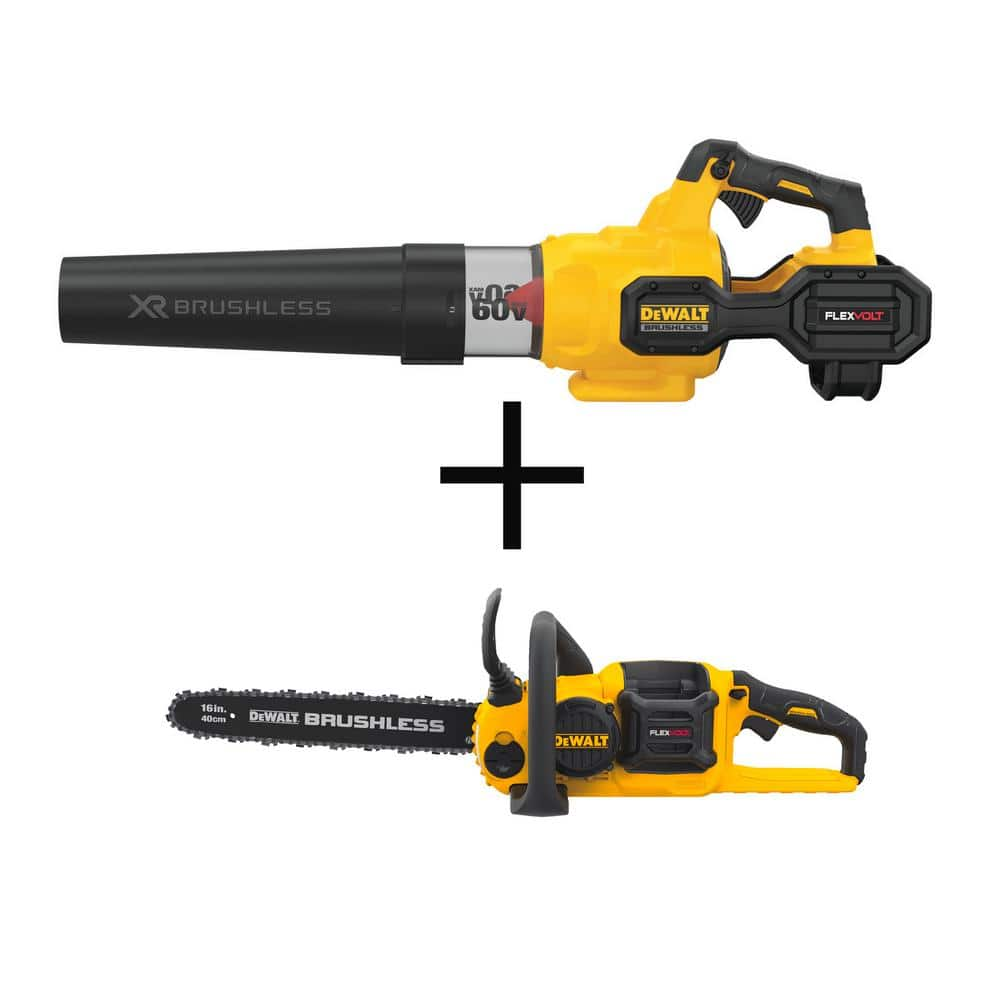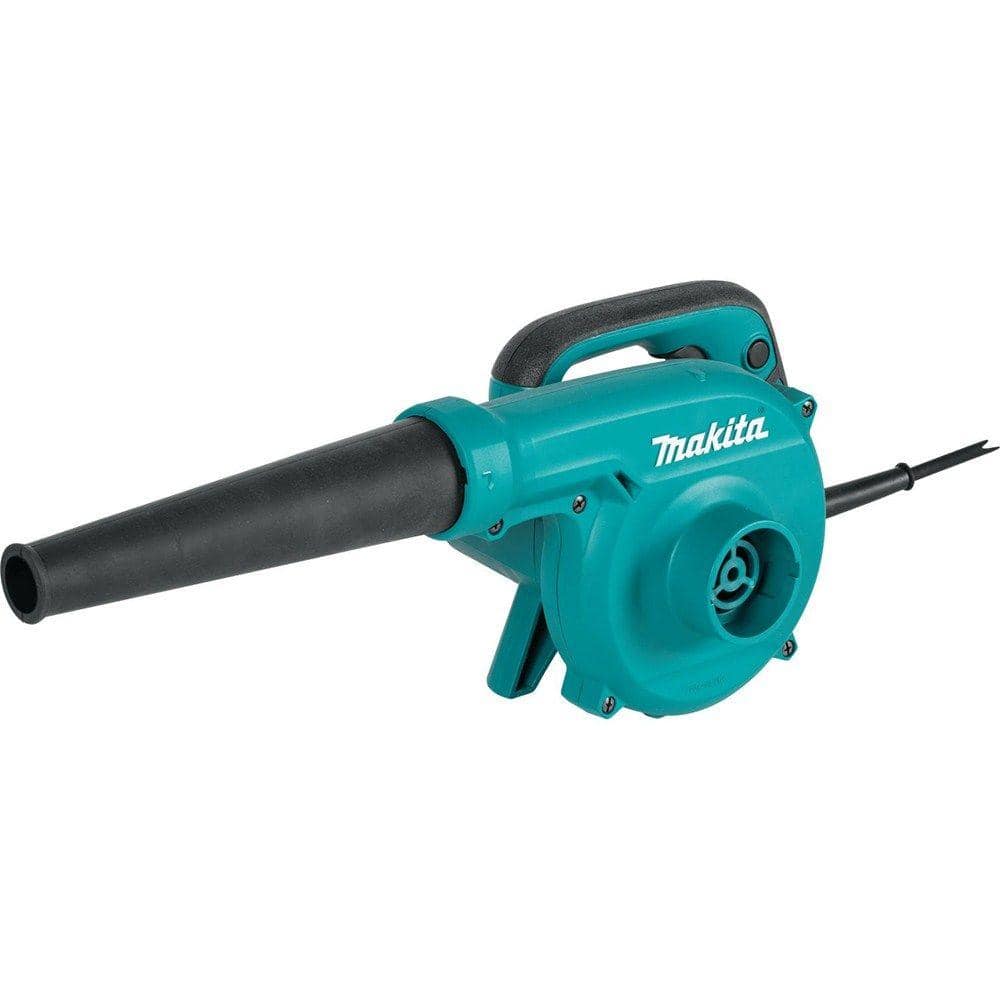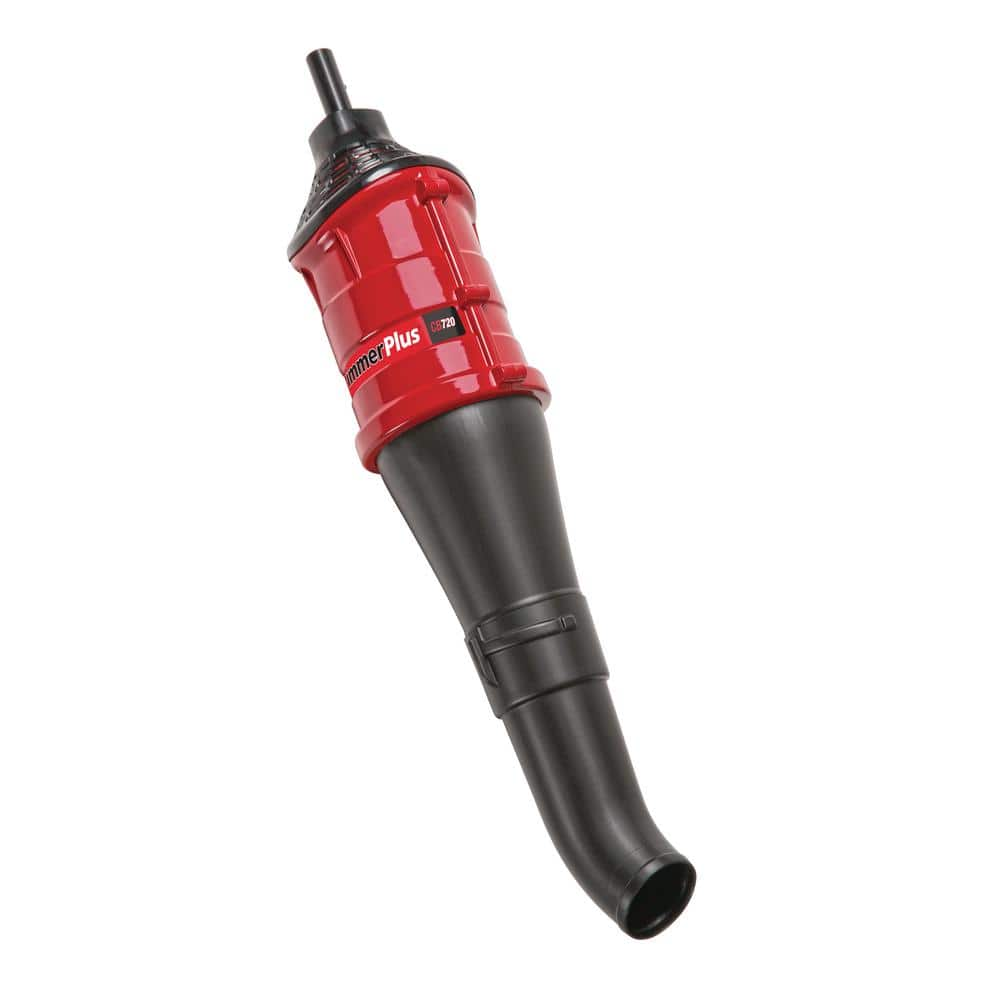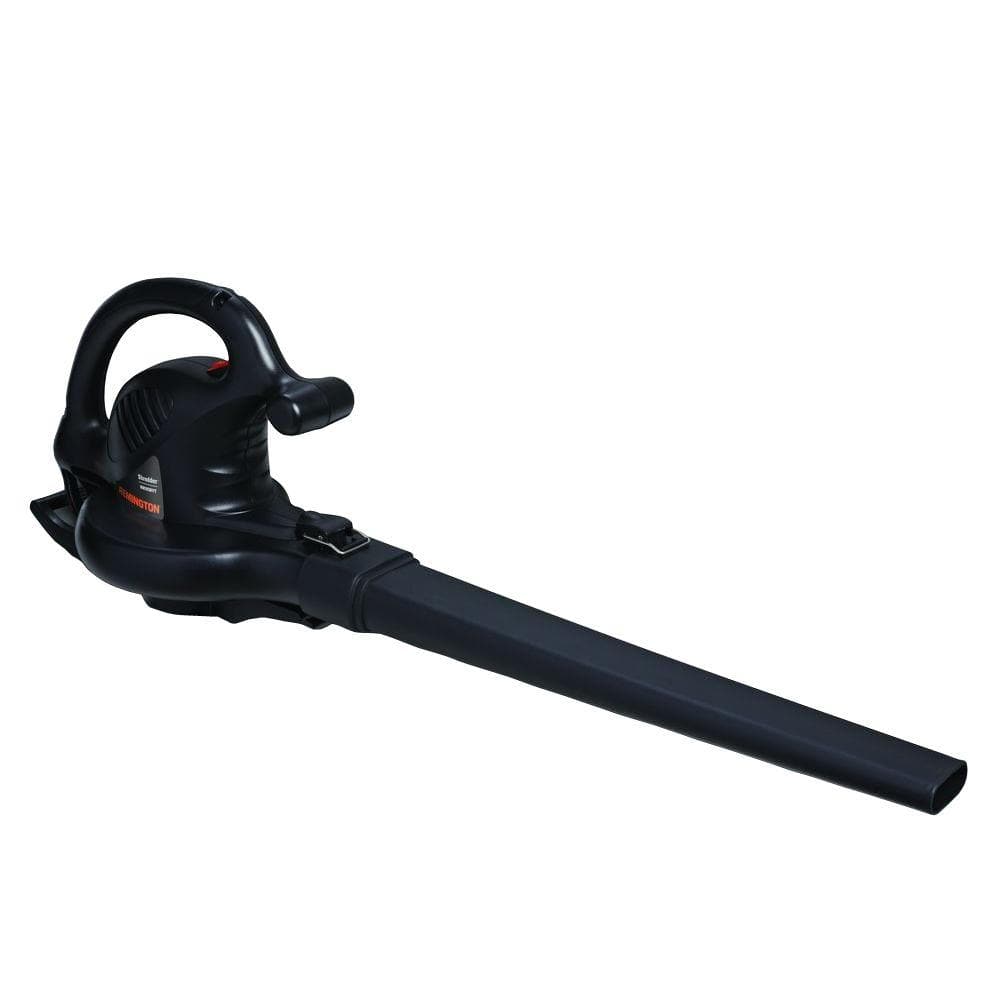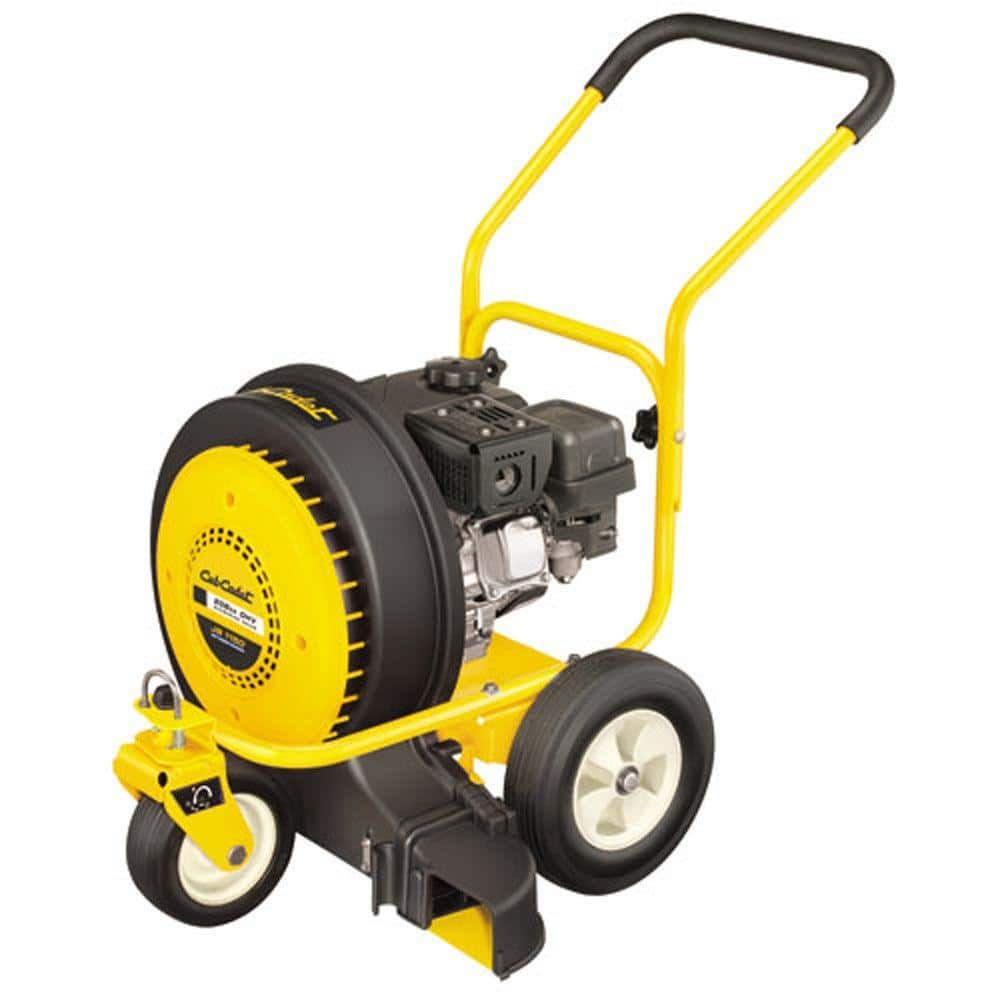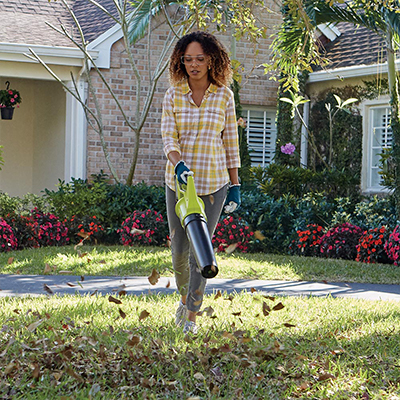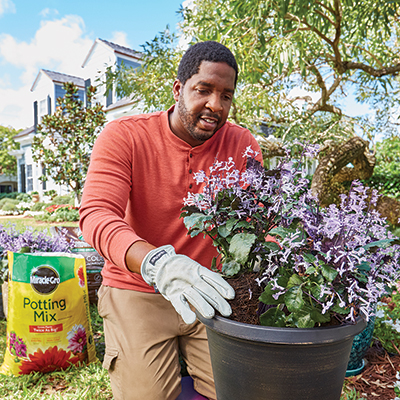Best Leaf Blowers for Your Yard

Published February 28, 2025
Leaf blowers are a common sight and sound when autumn arrives and the leaves fall. This powerful hand-held gardening tool also makes tidying up a yard full of grass clippings easier in the spring and summer.
A blower is a handy and versatile tool to have in your garage or shed. This guide introduces you to the different models, their functions and how to choose a leaf blower for your yard tasks, from clearing grass clippings from sidewalks to mulching leaves and cleaning gutters.
Table of Contents
How a Leaf Blower Works
Gas Powered vs. Electric Blowers
Corded vs. Cordless Leaf Blowers
Handheld and Backpack Leaf Blowers
Walk-Behind Leaf Blowers
Leaf Blower-Vacuum Combos
How a Leaf Blower Works

All leaf blowers operate under the same principle. An engine drives fan blades that rotate at a high rate of speed. The fan blades draw in outside air and push the air through a long round- or oblong-shaped nozzle.
Leaf blowers are rated by their CFM and MPH.
- CFM is the cubic feet per minute of air volume generated by the fans. This measures the leaf blower’s power. The higher the CFM, the more leaves and grass you'll be able to blow at once.
- MPH is the air speed measured in miles per hour. The higher your leaf blower’s MPH, the further the distance it can push debris.
- The best leaf blowers have high CFM and MPH ratings that allow you to clear a large area in less time.
Gas Powered vs. Electric Blowers

Electric leaf blowers are easier to start, less complicated to operate and run quieter than gas leaf blowers. Gas-operated blowers are known for their power, making them great at sweeping leaves into piles and loosening leaves stuck in tall grass. They are useful for large areas with multiple trees. However, the best leaf blower for your needs often comes down to which will provide the range and power to tackle your individual landscape.
Gas leaf blowers run on two-stroke or four-stroke engines. Two-stroke engines require a mixture of gas and oil, and four-stroke engines take just gasoline. The wide fuel tanks are easy to fill and translucent. You can closely monitor a blower’s fuel level to ensure that you don't run out of gas in the middle of a job. Electric leaf blowers have a two-part motor with a rotor and a stator, and they often have a simple push-button starter. They are powered using a battery or a plugged-in cord.
Corded vs. Cordless Leaf Blowers

A cordless blower gets its power from rechargeable batteries, mostly nickel cadmium (NiCad) or Lithium-Ion (Li-Ion) batteries. Cordless leaf blowers are lightweight but be sure to check the weight of the leaf blower with and without the battery in place to make sure you’re comfortable with the weight. The best cordless leaf blowers offer the power and range to clear your property on a single battery charge.
A corded leaf blower draws its power from an electrical cord plugged into an outlet, so you’ll have no worries about the leaf blower running out of power. Corded leaf blowers are limited in range even with an extension cord. They are more suitable for small yards and patios.
Handheld and Backpack Leaf Blowers

Some of the best leaf blowers, in terms of power and versatility for landscaping purposes, are handheld or backpack blowers. These are typically gas-operated blowers built for extended range with CFM ratings exceeding 1,100.
When buying a handheld leaf blower that you plan to spend a considerable amount of time operating, look for one with comfort grip and auxiliary handles. Comfortable handles reduce fatigue. An auxiliary handle makes it easier to direct air from different angles.
Backpack blowers are more comfortable, and the best cordless leaf blowers are equipped with an anti-vibration harness. This reduces the vibration you feel throughout your back and shoulders. A padded backrest and easy-to-adjust straps can further enhance comfort.
Walk-Behind Leaf Blowers

Walk-behind leaf blowers (also called push blowers) are designed for the heavy-duty landscaping jobs. They have the power to clear leaves and debris. If your yard has many trees, a walk-behind leaf blower is probably the best leaf blower option rather than a rake or even a hand-held blower.
Leaf Blower-Vacuum Combos

Once you’ve pushed the leaves or grass cuttings into a pile, the next step is to put it all in bags by hand. A combination leaf blower and vacuum makes that second step easier.
Vacuum-capable blowers allow you to shred leaves and yard debris into mulch. These gas and electric leaf blowers use a sturdy metal impeller that is durable and generates more efficient mulching.
Leaf blower-vacuum combos are often rated with a reduction ratio. This ratio measures how many bags of clippings a blower can reduce to one bag worth of waste. High reduction ratios indicate a blower's ability to reduce waste effectively. Mulching wet debris will have an adverse effect on the reduction ratio.
Special Leaf Blower Features

- Enhance the utility of your blower with a gutter cleaning kit, which will allow you to clean out leaves and sludge that accumulate over time.
- A variable-speed motor on your leaf blower allows you to adjust the power level for a range of different tasks, giving you more versatility and precision.
Download The Home Depot Mobile App to check out leaf blowers, rakes and other landscape tools for your next lawn maintenance project. Not ready to buy a leaf blower? We have the tools to make your project easier. If you're only planning to use the leaf blower once, consider using our tool rental to get the job done.
